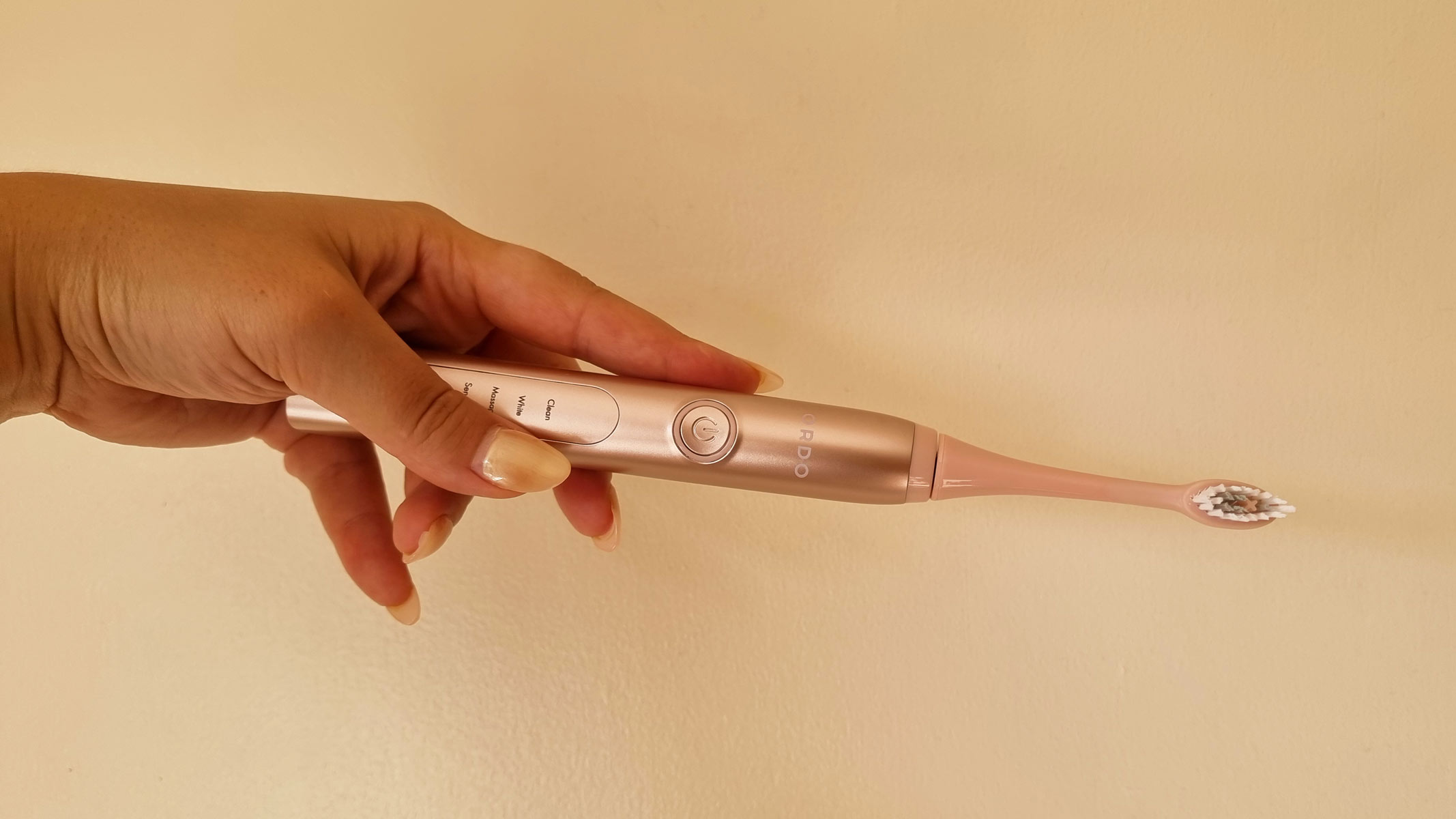Agriculture, Vol. 13, Pages 2022: Journey of Trichoderma from Pilot Scale to Mass Production: A Review
Agriculture doi: 10.3390/agriculture13102022
Authors: Vipul Kumar Bhupendra Koul Pooja Taak Dhananjay Yadav Minseok Song
Trichoderma spp. has the ability to inhibit fungal plant pathogens through several mechanisms like the production of hydrolytic enzymes, mycoparasitism, coiling, and antibiosis and is therefore recommended as a potential and native biocontrol agent for effective control of soil-transmitted diseases. Various species of Trichoderma, like T. virens, T. asperellum, T. harzianum, etc., have been explored for their biocontrol activity against phytopathogens. There are different Trichoderma species and strains with respect to plant pathogens. Efforts have been made to develop effective and efficient methods, such as microencapsulation use of different polymers, adjuvants, or carriers, to increase the shelf-life and efficacy of Trichoderma formulations. The crucial aspects for the success of a biocontrol agent include developing and validating formulations, improvement in shelf-life, cost-effectiveness, easy accessibility, improved delivery systems, broad spectrum in action, robust performance (biocontrol), and integrative strategies for sustainable disease management. This review focuses on recent developments in the isolation, identification, preservation, substrates, consortium, quality control, mass production, delivery methods, field performance, registration, and commercialization of Trichoderma formulations for strategic development of next-generation multifunctional biological control formulations.

 1 year ago
31
1 year ago
31


